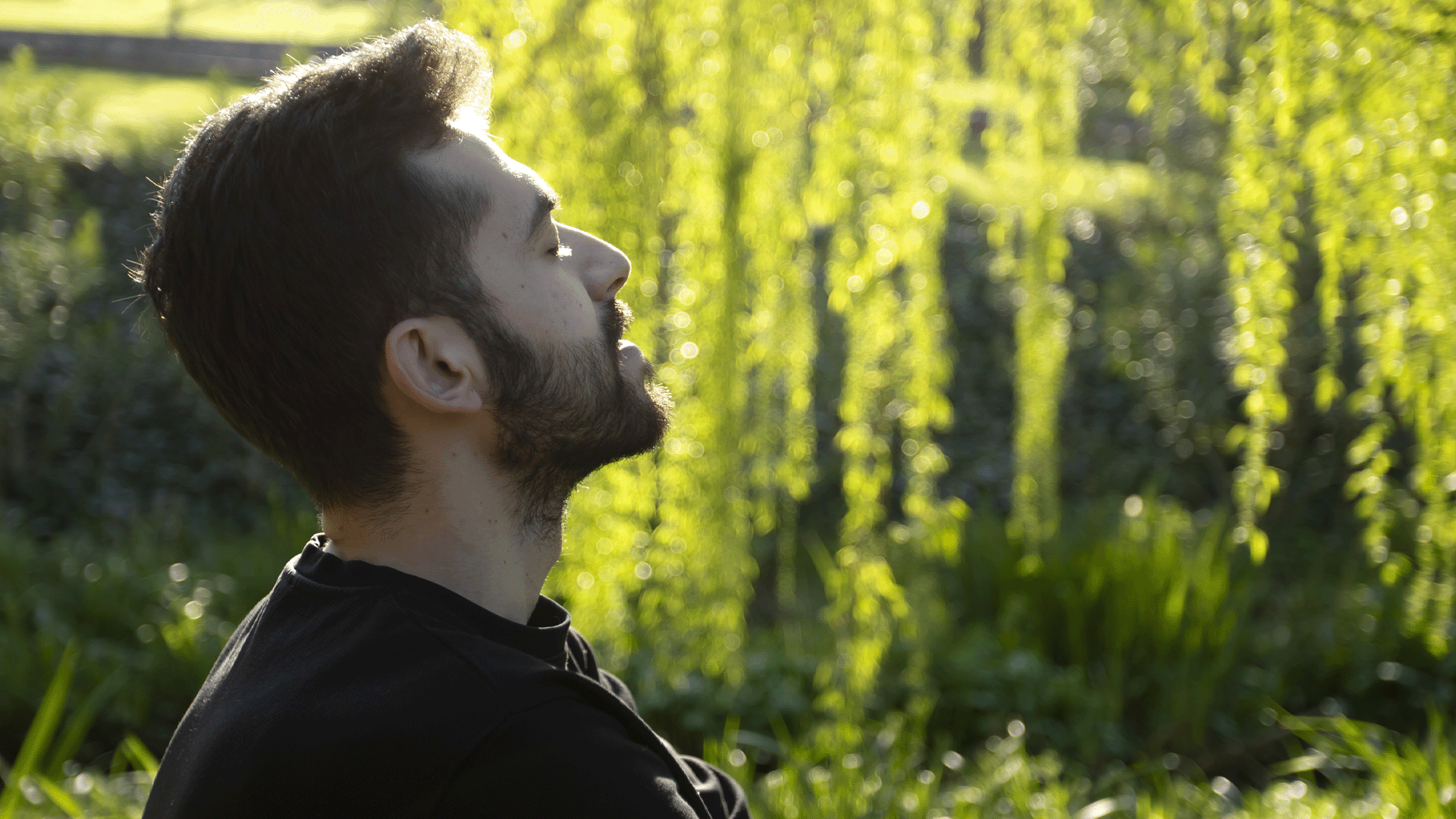Judaism and Mindfulness
Jewish mindfulness reminds us that the sacred isn’t somewhere else—it’s right here, now, waiting for us to notice.

Throughout the Torah and rabbinical texts, we are shown a way of living and ongoing awareness that transforms every act into an encounter with the Divine. The Talmud teaches, “Who is wise? One who sees what is born of his actions” (Pirkei Avot 2:9). This isn’t just foresight, it’s awareness. It means pausing long enough to witness the unfolding of the moment, to act with deliberation rather than impulse. The practice of kavanah (intention) is a thread that runs through Jewish law and prayer. Rambam writes in Hilchot Tefillah that prayer without kavanah “is like a body without a soul.” Every blessing, every mitzvah, begins with awareness: a conscious act of presence before doing. These acts of being fully present and aware of your thoughts and surroundings are a cornerstone of mindfulness.
Jewish mindfulness is not about detachment, but presence with purpose. When the Baal Shem Tov, founder of the Jewish Hasidic movement, taught about the concept of devekut (cleaving to G-d), he meant that finding divine connection is done not through withdrawal from the world, but through awareness within it. To wash one’s hands (netilah), to speak kindly, to rest on Shabbat—all are moments to return to the sacred.
Even the rhythm of Jewish life cultivates mindfulness. Shabbat, the weekly pause, invites us to stop creating and simply be. The Shema, recited twice daily, commands us to love G-d “with all your heart, all your soul, and all your might,” a daily act of realignment between attention, feeling, and action.
How to Practice Mindfulness Through a Jewish Lens
In moments of stress or anxiety, mindfulness can help with your emotions. Jewish mindfulness is not about emptying the mind but filling it with meaning. As Rabbi Menachem Mendel Schneerson, the Lubavitcher Rebbe and most memorable leader of the Global Chabad movement, taught, holiness isn’t confined to prayer or ritual; it comes from da’at – a focused awareness brought into daily life. To live mindfully as a Jew is to turn the act of living itself into a form of prayer.
Beginning with this teaching, here is how this practice can be done at home, work, or anywhere you need:
- Sit or stand comfortably and take one slow breath.
- Place a hand over your heart.
- Say softly, either aloud or silently, “Hineini–I am here.”
- Notice the sensations in your body and the quality of your breath.
- Ask, “What is the next right action I can take with intention?”
This simple practice echoes great biblical moments of presence (like Abraham before G-d and Moses at the burning bush). It is a simple way to bring Jewish awareness into modern life—centered, grounded, and deeply connected to tradition.
In today’s noisy, overstimulated world, these teachings can feel radical. Jewish mindfulness reminds us that the sacred isn’t somewhere else—it’s right here, now, waiting for us to notice. You can learn more about the history of mindfulness and Jewish meditation here. You can also learn more about mindfulness, including additional practices you can incorporate into your daily life, by reading our resources on mental health and wellness.
HELP is a phone call away.
1.844.ONE.CALL (844.663.2255) is a quick way to find services near you.
Our intake team is available Monday to Friday, 9am to 5pm, to help you schedule an appointment or share more information about our services.















